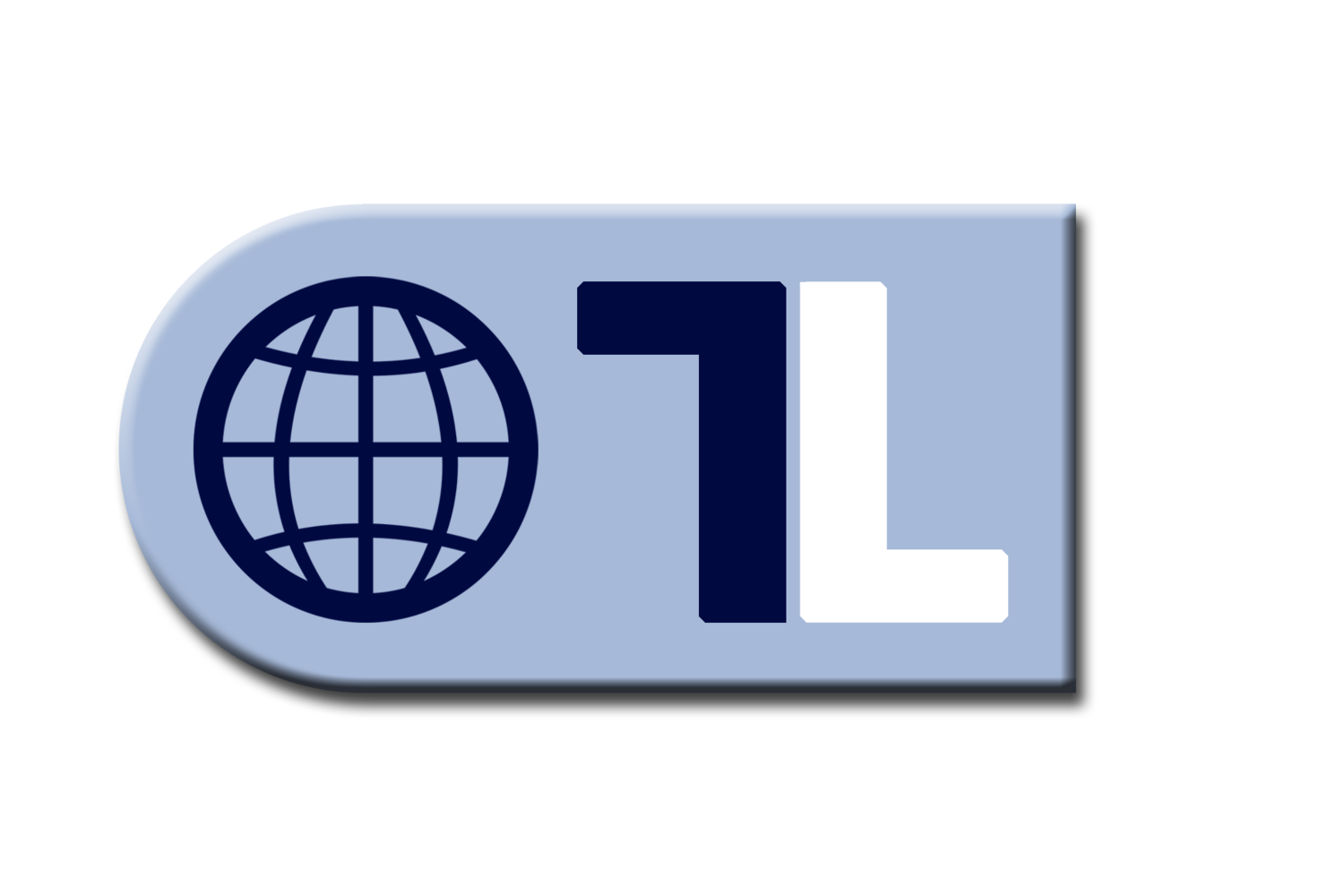In a world increasingly dominated by digital technologies, the transformation of analog resources into digital formats has become paramount. One such transformation that holds significant importance is the digitization of hardcopy maps. This process not only preserves valuable cartographic information but also opens up a myriad of possibilities for enhanced accessibility, analysis, and integration with modern Geographic Information Systems (GIS). Consider this web map from the US Geological Survey which allows you to browse historic topographic maps overlain in their correct location. This means the data in the maps can then be traced and digitised for future use.
In this blog post, we'll explore the need for digitizing hardcopy maps, delve into the traditional method involving scanners, and then navigate the alternative – the use of digital cameras, especially for large-scale maps.
The Imperative Need for Digitizing Hardcopy Maps
As society propels itself into the digital age, the demand for efficient and accessible data has never been higher. Hardcopy maps, once the primary source of spatial information, are now undergoing a significant transformation to meet the demands of modern applications. Digitizing hardcopy maps not only preserves them against wear and tear but unlocks a realm of possibilities for spatial analysis, remote collaboration, and integration with other digital datasets.
Traditional Approach: Scanning
The traditional method of digitizing hardcopy maps involves the use of scanners. This process, while effective for smaller maps, may prove impractical for larger formats or when dealing with a considerable number of maps. Scanners capture the details of a map by converting it into a digital image. High-resolution scanners ensure clarity and precision in reproducing the map's content.
Georeferencing, a critical aspect of digitizing hard copy maps, involves aligning the scanned image with real-world coordinates. This process is essential for spatial accuracy and integration into GIS. By employing control points and known geographic features, georeferencing establishes a link between the digital map and the physical world.
The Challenges of Large Maps: Digital Cameras
When dealing with large-scale maps or a substantial volume of maps, the limitations of traditional scanning methods become apparent. Scanning large maps section by section is time-consuming and may result in challenges during the stitching process. Enter the alternative approach – the use of digital cameras.
Digital cameras offer a practical solution for the digitization of large format maps. The method involves capturing high-resolution images of the maps using a digital camera, providing an efficient and versatile alternative to traditional scanning. However, this approach necessitates careful consideration of factors such as lens quality, lighting conditions, and post-processing techniques.
Capturing Cartography: The Digital Camera Workflow
Lens Selection and Distortion Control
For optimal results, choose lenses with minimal distortion. Distortion in the lens can lead to inaccuracies in the digitized map, affecting the overall quality. This can be somewhat overcome by using more complex georeferencing methods, but it is easiest to avoid lens distortion at the onset. High-quality lenses, especially those designed for architectural photography, are preferred for their ability to maintain spatial fidelity.
Controlled Lighting Environment
Controlling the lighting environment is crucial when using digital cameras. Consistent lighting conditions across a map and between shots minimize variations in color and shading, ensuring a uniform appearance in the final stitched image. Diffusers and controlled lighting setups contribute to this consistency.
Camera Settings for Precision
Set the digital camera to capture images in RAW format. This allows for better post-processing adjustments and ensures the preservation of high-quality details. Adjust settings such as white balance, ISO, and aperture manually to achieve optimal image quality.
Longer shutter speeds allow you to reduce the ISO, which in turn can reduce the noise in your final image.
Stability through Tripods
Stability is key when using digital cameras for map digitization. Mount the camera on a stable tripod to minimize shake and ensure consistent framing and focus, especially when capturing multiple images to cover a large map.
It is also worth considering using a remote shutter release to prevent wobble caused by the pressing of the button. This is particularly important if you use a slow shutter speed to reduce noise in the image.
Overlap for Seamless Stitching
When capturing multiple images to cover a large map, ensure sufficient overlap between adjacent images. This overlap aids in seamless stitching during post-processing and contributes to the accurate alignment of the images.
Calibration and Test Shots
Before embarking on the full-scale digitization process, perform calibration tests. Ensure that the camera lens is calibrated to correct any distortions, and take test shots to identify and address potential issues early in the workflow.
Post-Processing with Image Stitching Software
Utilize image stitching software during the post-processing phase to seamlessly combine multiple images into a single, large map. This software corrects for perspective distortion and enhances the overall quality of the stitched image.
In the evolving landscape of cartography, the digitization of hardcopy maps is a crucial step towards ensuring their preservation and relevance in the digital age. While traditional scanning methods offer precision for smaller maps, the challenges posed by large-scale or numerous maps pave the way for the use of digital cameras. This alternative approach, when executed with meticulous attention to detail, provides an efficient and effective means of transforming physical maps into valuable digital assets.
As we navigate the digital landscape of cartography, the importance of georeferencing cannot be overstated. This process acts as the anchor, tying the digital representation of maps to the tangible world. Whether employing scanners or digital cameras, the goal remains the same – to seamlessly bridge the gap between the analog past and the digital future, creating maps that are not just informative but also versatile, accessible, and ready for the challenges of the 21st century.

